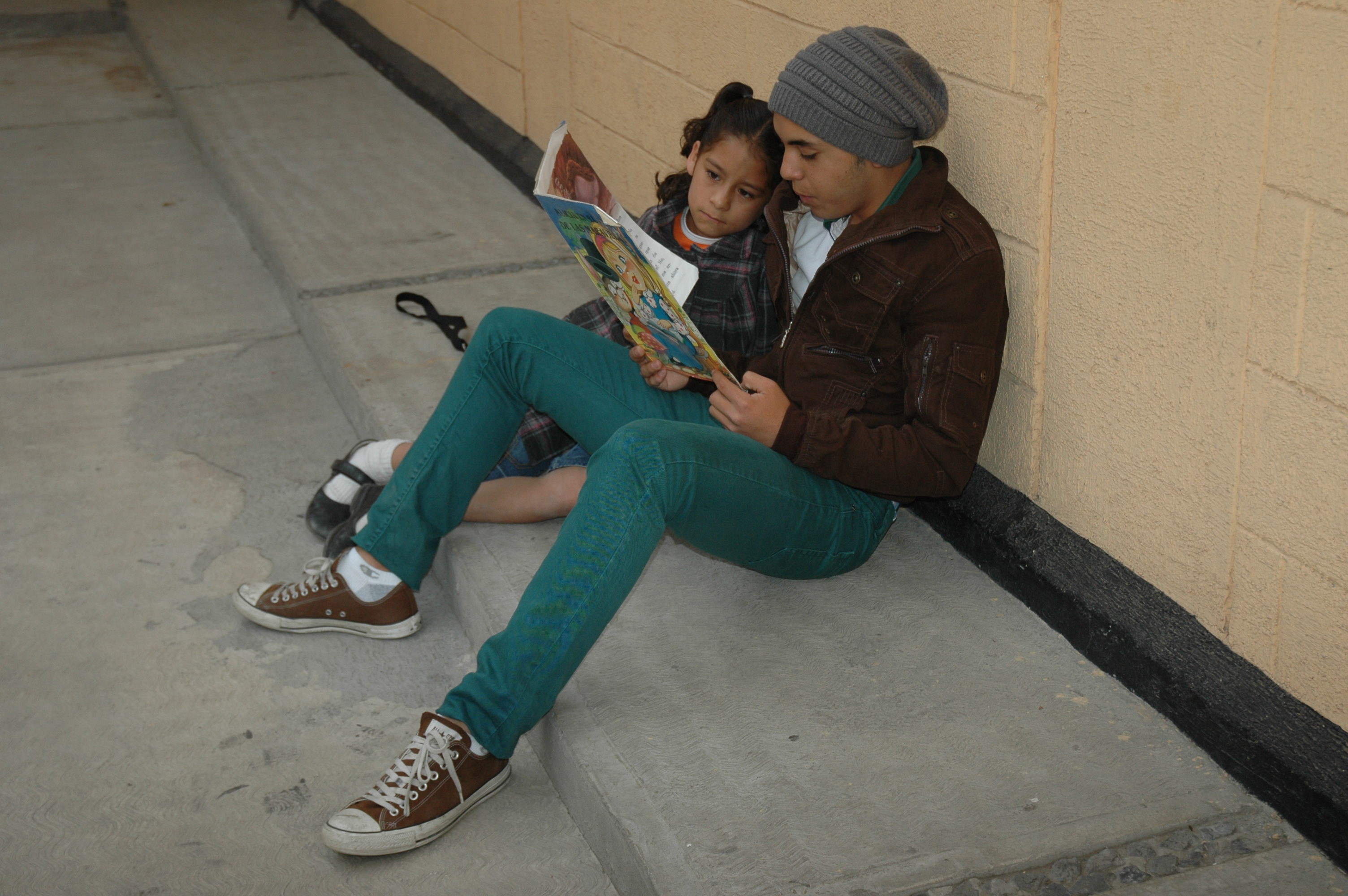by Sophia Toprac
BookSpring would like to take some time to shed light on the topic of reading disabilities. About 85% of students with learning disabilities have been described as reading disabled. The process of learning is made up of multiple steps, all of which seem completely simple and are also completely necessary. When a child struggles with one of these steps, it affects everything about how they read.
Understanding Disabilities and Their Many Forms
The basic steps of reading are decoding, comprehending, and retaining. Decoding is the process of breaking down words into their most basic component sounds (which are called phonemes). Issues with decoding are at the root of most reading disabilities, as the extra concentration it takes to figure out decoding takes away from the actual meaning of the text. Dyslexia, one of the most common learning disabilities and one which affects 15% of all Americans, is an inability to decode. Signs that your child is having issues with decoding include difficulty sounding out words, difficulty recognizing words out of context, difficulty connecting sounds to the letters they represent, reading slowly, reading without punctuation, and reading without facial expression.
The next step in reading is comprehending. Comprehension is defined as recognizing words without having to sound them out. Comprehension issues can affect a child’s ability to remember and understand words they just read, so making it through just a paragraph can be mentally exhausting. Signs that your child is struggling with comprehension include confusion over the meaning of a text, inability to connect ideas, not noticing or understanding details, and an inability to concentrate on the text.
The last step in the process of reading is retaining the information. Retention relies on the brain’s ability to organize and summarize information so that it can be stored in the long-term memory, and children can access it to apply to life later. Signs that your child is struggling with retention include an inability to remember or summarize what they’ve read, an inability to apply it to life, struggles with viewing a text from different perspectives, and problems connecting what they’ve read to prior knowledge.
How to Approach These Problems
If you notice any of these behaviors in your child while they’re reading, don’t worry. Reading disabilities can be managed, especially if they’re caught early. Kids whose reading disorders are caught early on and who can then learn the strategies for coping with them tend to become very successful readers as adults. Both the Learning Disabilities Association of America website and the PBS website have loads of useful information on reading disabilities and how to deal with them, and the LDA website also has a list of children’s books about learning disabilities and a calendar of events for Learning Disabilities Awareness Month.
PBS suggests that you can help your child with their reading disability by playing word games with them, reading aloud to them every day, making reading look enjoyable, engaging their senses while reading, and having them discuss and explain to you the things they’ve read. The ways that parents deal with their child’s disability can make a huge impact on that child’s future success. So if you notice your child struggling with any aspects of reading: don’t worry, they’re not alone, and there are ways you can help them.

